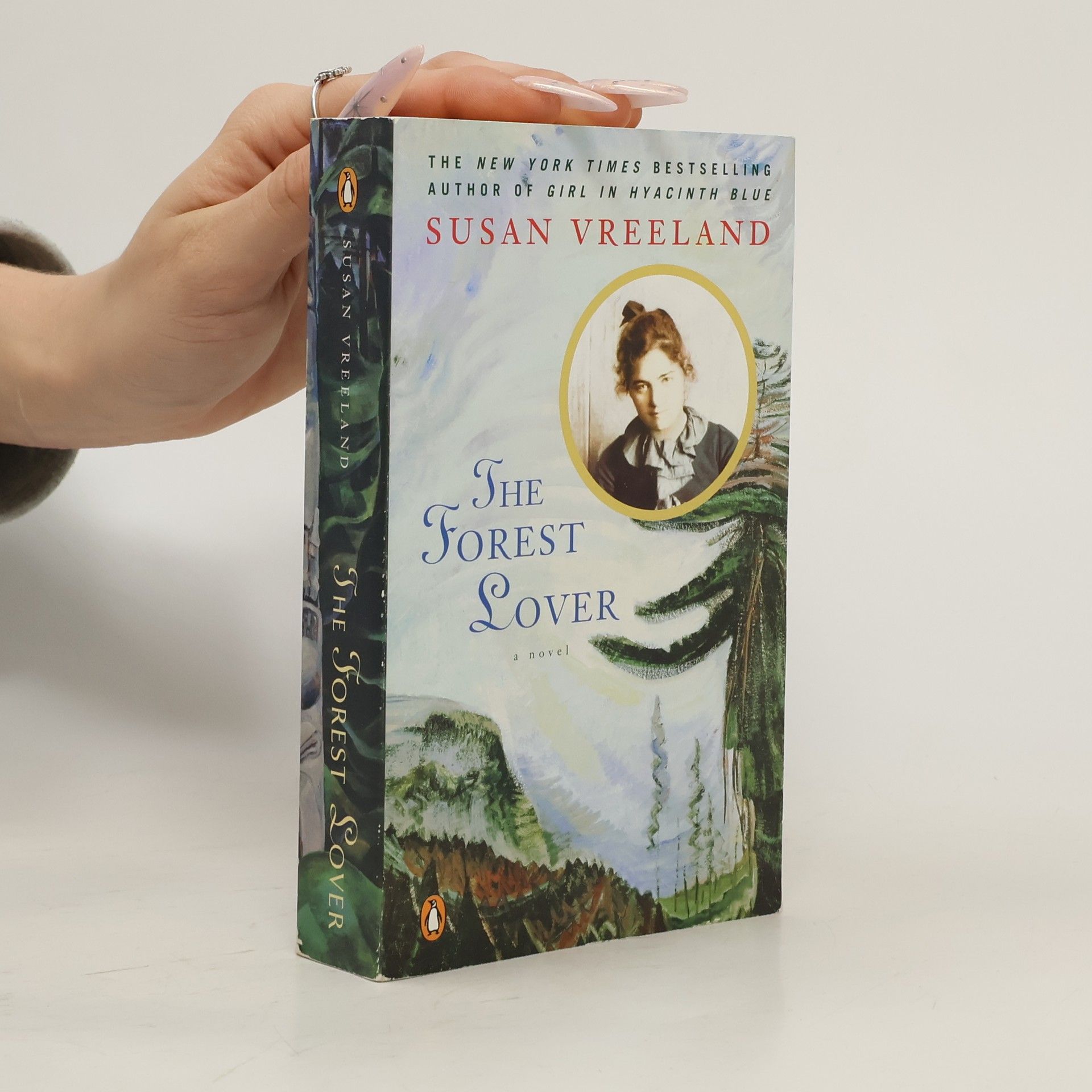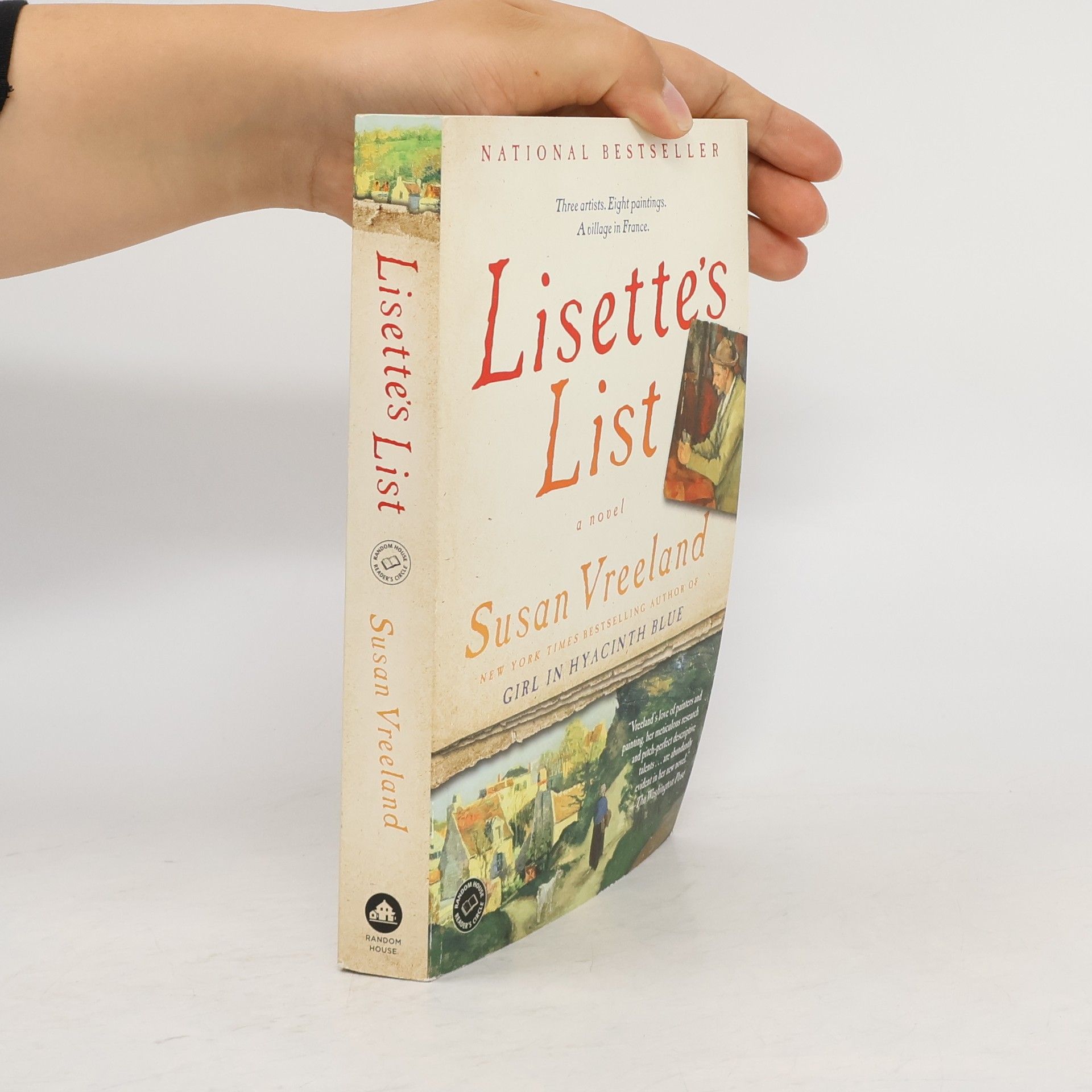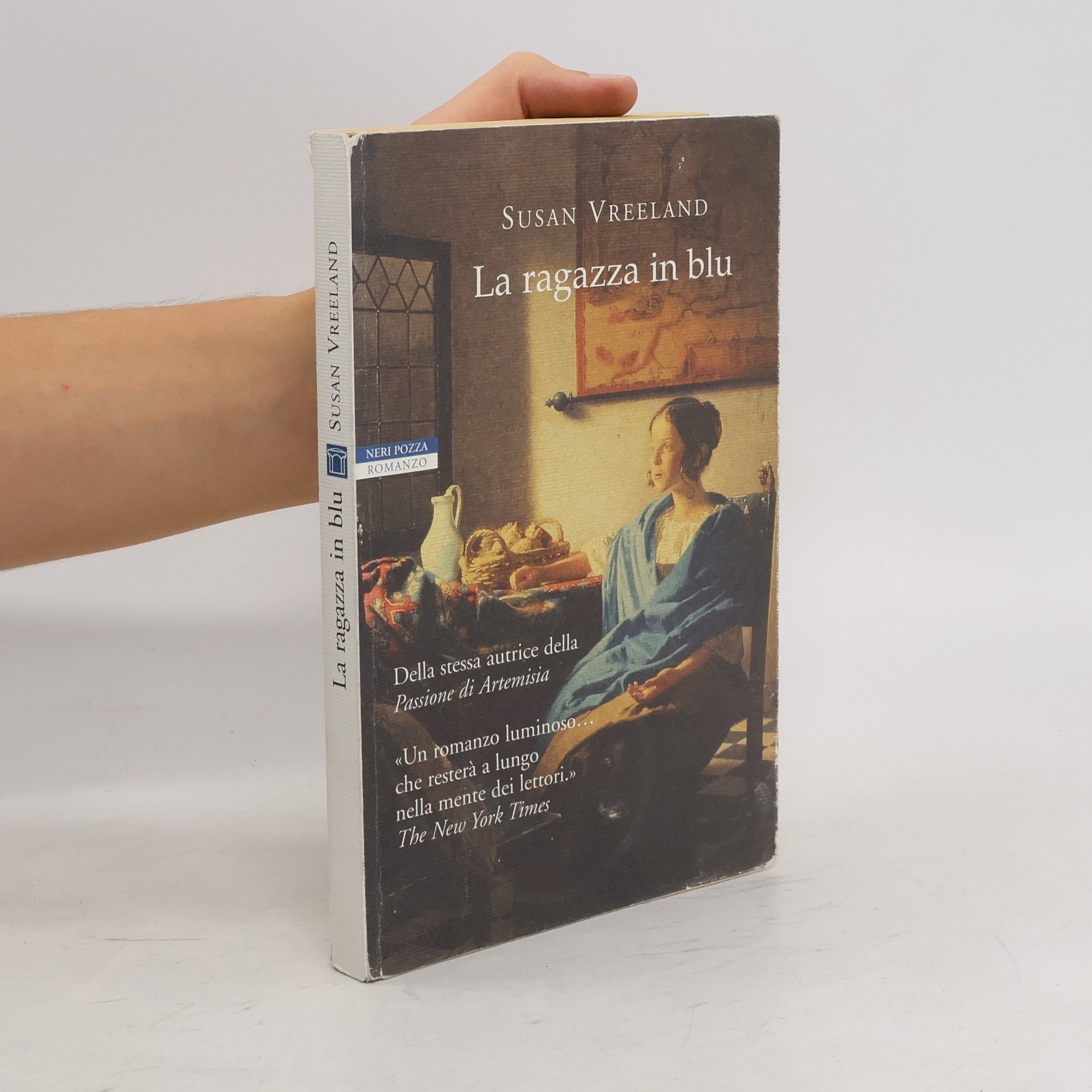La passione di Artemisia
- 329pagine
- 12 ore di lettura
Susan Vreeland è un'acclamata autrice di bestseller internazionale, celebrata per la sua narrativa storica incentrata su temi legati all'arte. I suoi romanzi, tradotti in numerose lingue, approfondiscono la vita degli artisti e i loro percorsi creativi con un profondo apprezzamento per il mondo dell'arte. I lettori sono attratti dalla sua distintiva capacità di riportare in vita il passato, immergendoli in ambiti artistici attraverso narrazioni avvincenti. Il lavoro di Vreeland offre una lente unica sulla storia e sull'arte, rendendola una voce avvincente per coloro che apprezzano entrambi.







Strana giornata, questa del funerale del preside Merril! Mai e poi mai Richard avrebbe pensato di ritrovarsi, dopo la cerimonia, nella gelida casa di Cornelius Engelbrecht, il suo collega insegnante di matematica, seduto sulla sua poltrona di cuoio rosso, a conversare con quell'uomo dall'aspetto così insignificante da celare di certo un cuore incandescente o forse, in un angolo riposto della sua anima, qualche inconfessabile segreto. Scapolo, vestito sempre con colori indefinibili, sostenitore del circolo degli scacchi di Philadelphia, conoscente discreto di tutti piuttosto che amico di qualcuno, costantemente sulle sue e appartato nella sala dei professori, Engelbrecht si è sempre guardato bene dall'invitare chicchessia a casa sua. È con malcelato stupore perciò che Richard lo guarda accendere il camino, sorridere e, con gesti eccitati, illuminare un quadro posto davanti alla poltrona: un dipinto straordinario in cui una ragazza con un grembiule blu siede a un tavolo accanto a una finestra aperta. "Guarda. Guarda l'occhio. È una perla", dice Engelbrecht. "Le perle erano elementi ricorrenti in Vermeer. E osserva la luce di Delft..." "Notevole", dice Richard. "Indubbiamente nello stile di Vermeer. Un'imitazione sconcertante". "È un Vermeer", sussurra Cornelius Engelbrecht... Così comincia questo straordinario romanzo che, come una preziosa scatola cinese, di capitolo in capitolo, ci conduce davanti al destino di una grande opera e delle persone, umili e potenti, nobili e arroganti, amanti dell'arte o del suo potere, che l'hanno avuta lungo i secoli. Ecco allora Amsterdam, durante gli anni Quaranta, e le tragiche vicende della famiglia ebrea che possedeva "La ragazza in blu"; ecco la felice coppia olandese cui il dipinto apparteneva anni prima e che finisce col dividersi nell'istante in cui uno dei due ammette che la ragazza del quadro gli ricorda un vecchio amore; ecco, ancora più indietro, la vita di una fattoria olandese durante la grande inondazione del 1717; ecco, infine, Vermeer che, angustiato dai debiti, decide, in un momento di rilassatezza e di gioia, di dipingere la figlia. Fedele allo spirito del grande artista olandese, Susan Vreeland cattura, attraverso l'arte e il magico potere della bellezza che essa racchiude, i desideri, i sogni, l'esistenza delle persone comuni.
"A young Parisian woman is exiled to Provence to take care of her husband's ailing grandfather during the Vichy regime, but discovers that despite the horrors of war, the paintings of Cezanne, Pisarro, Chagall, and Picasso bring to life the landscape around her and allow her once again to experience love"-- Provided by publisher
Focusing on the life of Emily Carr, this novel highlights her groundbreaking role as a modern woman artist in the face of Victorian societal constraints. It explores her vibrant depictions of British Columbia and its indigenous cultures during a time of impending industrial change. The narrative spans from clandestine tribal ceremonies to the artistic circles of pre-World War I Paris, delivering a captivating blend of art, history, and cultural themes that will resonate with fans of lush historical fiction and native cultures.
NATIONAL BESTSELLER It’s 1893, and at the Chicago World’s Fair, Louis Comfort Tiffany makes his debut with a luminous exhibition of innovative stained-glass windows that he hopes will earn him a place on the international artistic stage. But behind the scenes in his New York studio is the freethinking Clara Driscoll, head of his women’s division, who conceives of and designs nearly all of the iconic leaded-glass lamps for which Tiffany will long be remembered. Never publicly acknowledged, Clara struggles with her desire for artistic recognition and the seemingly insurmountable challenges that she faces as a professional woman. She also yearns for love and companionship, and is devoted in different ways to five men, including Tiffany, who enforces a strict policy: He does not employ married women. Ultimately, Clara must decide what makes her happiest—the professional world of her hands or the personal world of her heart.
From the bestelling author of GIRL IN HYACINTH BLUE, "A vivid exploration of one of the most beloved Renoir paintings in the world, done with a flourish worthy of Renoir himself" (USA Today) With her richly textured novels, Susan Vreeland has offered pioneering portraits of artists' lives. As she did in Girl in Hyacinth Blue, Vreeland focuses on a single painting, Auguste Renoir's instantly recognizable masterpiece, which depicts a gathering of Renoir's real friends enjoying a summer Sunday on a café terrace along the Seine. Narrated by Renoir and seven of the models, the novel illuminates the gusto, hedonism, and art of the era. With a gorgeous palette of vibrant, captivating characters, Vreeland paints their lives, loves, losses, and triumphs so vividly that "the painting literally comes alive" (The Boston Globe).
Welche Geschichten verbergen sich hinter berühmten Gemälden? Wer hielt den Künstlern den Rücken frei? Liebevoll zeichnet Susan Vreeland detailgenaue Porträts der bedeutendsten Impressionisten und Post-Impressionisten. Sie lässt Menschen zu Wort kommen, deren Leben durch die Begegnung mit Kunst bereichert wurde, wie den Gärtner Monets oder den Sohn des Postboten von Arles, der Van Gogh Model saß. Von der Autorin des Bestsellers 'Mädchen in Hyazinthblau'
Als sich die junge, wohlerzogene Jean von der Ostküste für Forrest und ein Leben auf seiner kalifornischen Farm entscheidet, ist es eine Entscheidung aus Liebe. Jean fühlt sich hingezogen zu dem Farmer mit den sicheren, warmen Händen. Und doch erfordert diese Entscheidung ihren ganzen Mut: Jean ist seit ihrer Jugend blind - und Forrest ist es auch. Eine Geschichte von der Macht der Liebe und der Sehnsucht nach Freiheit.